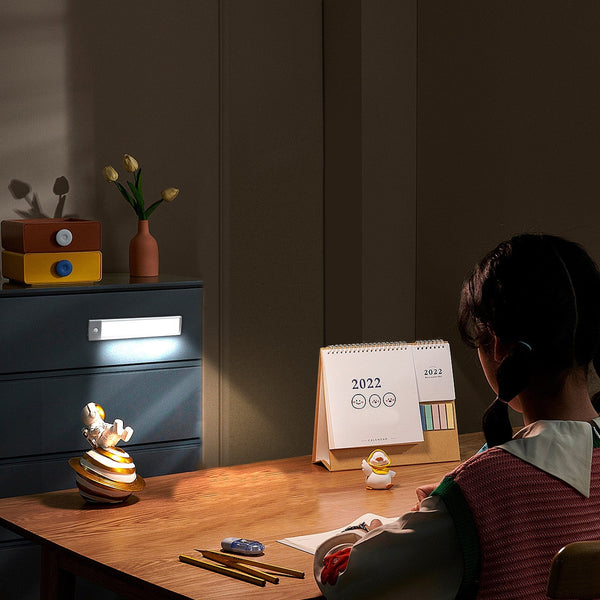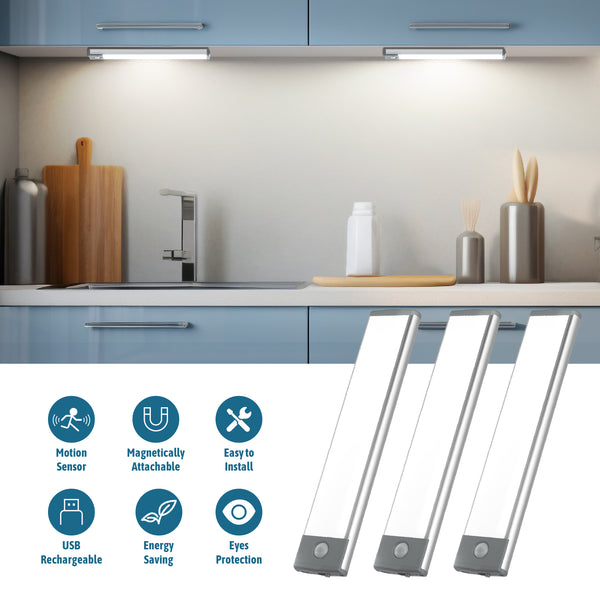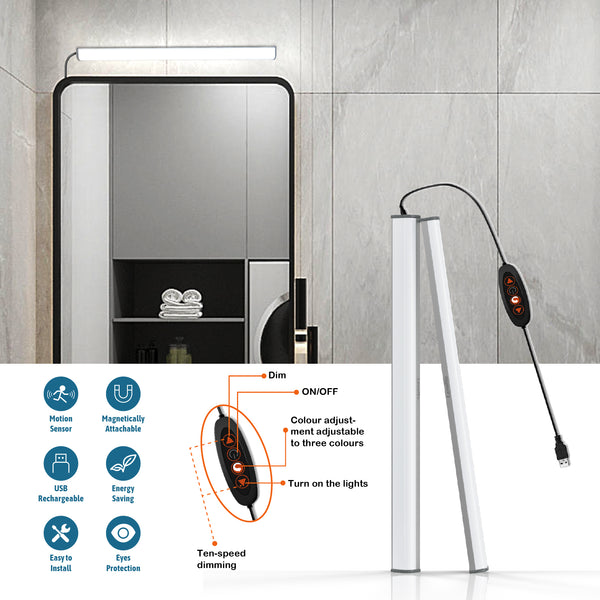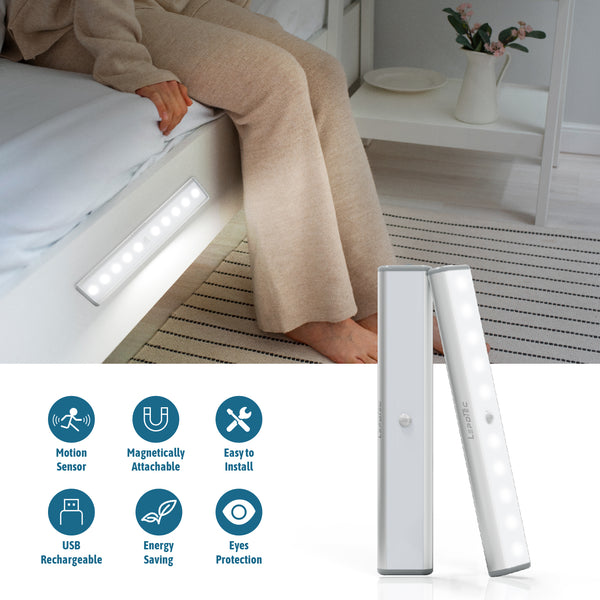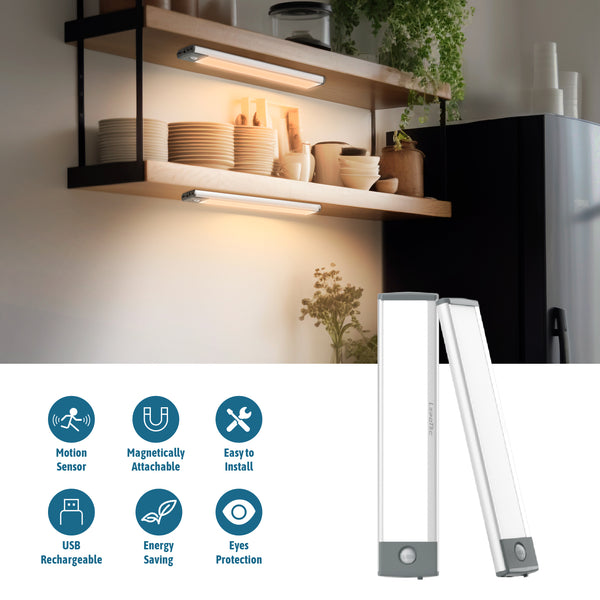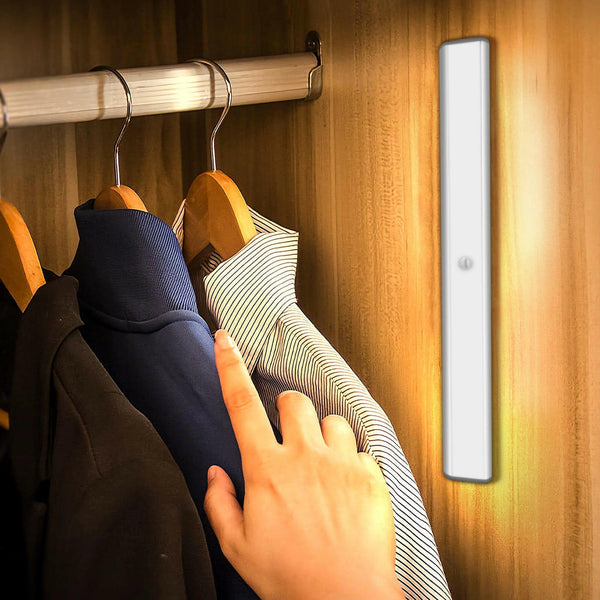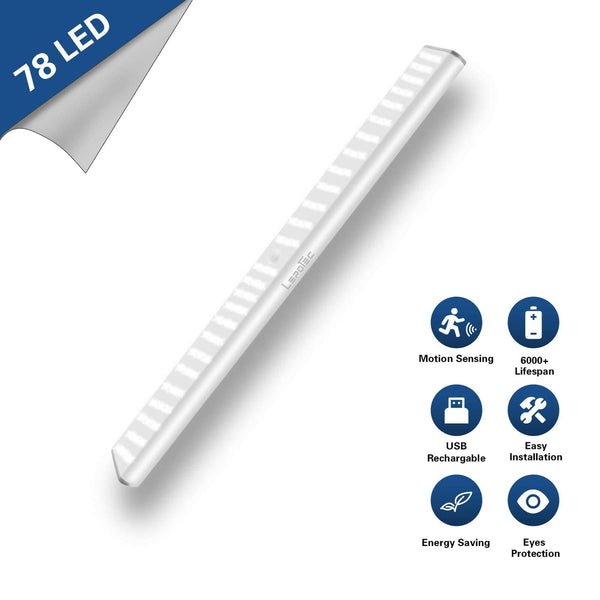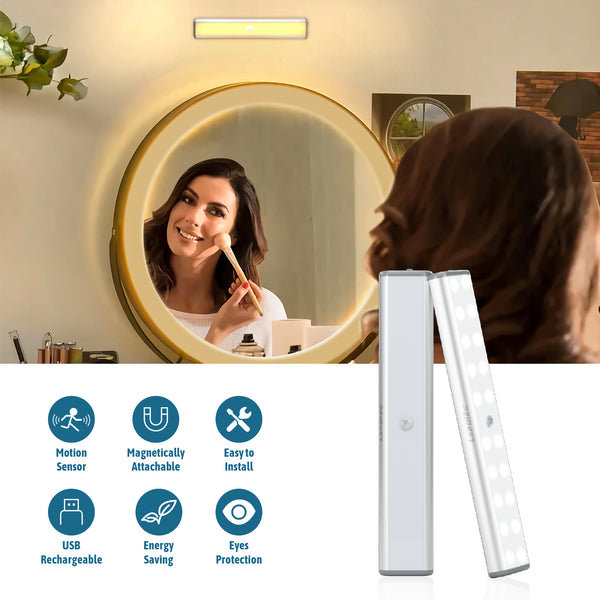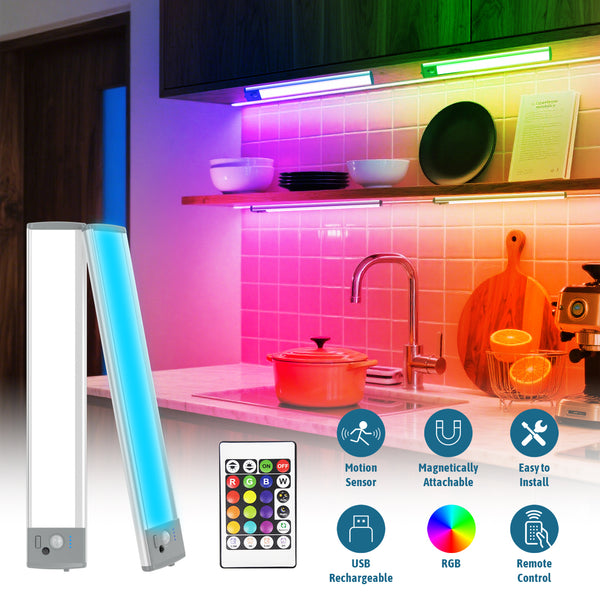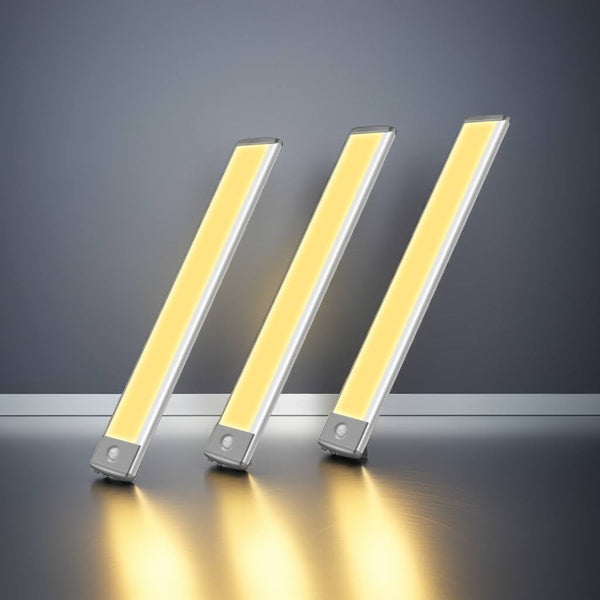When we talk about the aging of lithium batteries, we are essentially referring to the gradual decline in their performance over time. As one of the most commonly used battery types in modern electronic devices, the aging of lithium batteries directly impacts a device’s battery life and overall lifespan.
To quickly assess the aging level of a lithium battery, you can consider the following aspects:
1. Inspect the Battery’s Appearance and Labels
Start by visually inspecting the battery's exterior and labels to make an initial assessment. Aging lithium batteries may show signs such as casing deformation, swelling, or denting, which are caused by gases or pressure changes during the chemical aging process. Additionally, checking the production date and expiration label on the battery can provide reference information, though it does not directly reflect the aging degree.
2. Test the Battery’s Charging and Discharging Performance
The charge/discharge performance is a key indicator of a battery’s aging. You can use specialized battery testing instruments to measure the charging capacity, discharging capacity, and internal resistance. As the battery ages, its capacity to charge and discharge gradually declines, and its internal resistance may increase. When the actual capacity drops below 80% of the rated capacity, the battery can be considered significantly aged.
3. Observe Usage Time and Battery Life
In addition to using instruments, you can evaluate aging based on real-world performance. If the battery’s usage time noticeably shortens, or if its battery life declines significantly under the same conditions, it is likely a sign of aging. Other indicators may include overheating during charging or slower charging speeds, both of which can be linked to aging.
4. Monitor Battery Safety
Battery safety is another crucial aspect when evaluating aging. Aged lithium batteries can pose risks such as leakage or short circuits, so special attention should be paid during use. If any abnormal behavior is detected, discontinue use immediately.
5. Adopt Proper Charging Practices
To slow down lithium battery aging, proper charging practices should be followed. Use the original charger or one that meets specifications to avoid damage caused by inferior chargers. Avoid overcharging or deep discharging—try to charge before the battery is fully drained, and unplug the charger once it’s fully charged. Also, avoid charging or using the battery in extreme temperatures, whether too hot or too cold.
6. Understand Battery Lifespan and Maintenance
The lifespan of a lithium battery is affected by several factors, including usage habits, ambient temperature, and charging methods. To extend battery life, develop good habits: avoid frequent full charges and discharges, and use the battery within an optimal temperature range. Periodic maintenance and cleaning can also help keep the battery in good condition.
7. Consider Replacing the Battery or Device
When a lithium battery shows obvious signs of aging, it’s time to consider replacing the battery or even the entire device. When choosing a replacement, opt for products with reliable quality and stable performance to ensure safety and longevity.
In conclusion, to quickly determine the aging level of a lithium battery, you should evaluate the appearance, charge/discharge performance, usage time, battery life, and safety. At the same time, adopting proper charging methods and performing regular maintenance can help slow the aging process. When clear signs of aging appear, replacing the battery or device promptly ensures safety and consistent performance.



